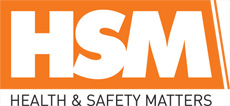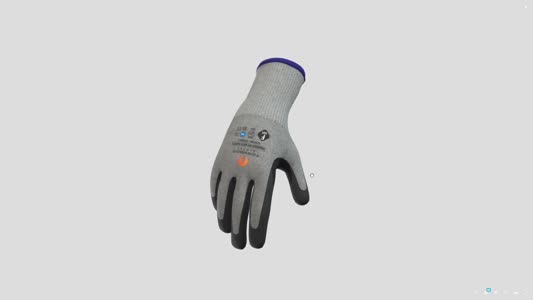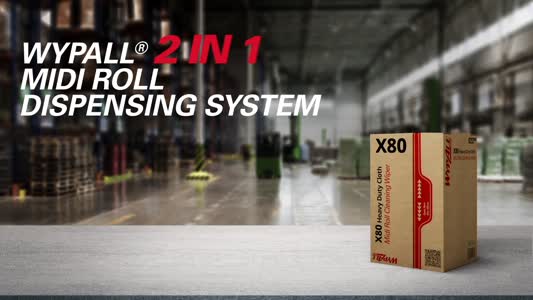
 |
Mark Sennett
Managing Editor |
 |
Kelly Rose
Editor |
| Home> | Slips, Trips & Falls | >Fall Prevention | >Staying safe at height |
| Home> | Premises | >Risk Management | >Staying safe at height |
Staying safe at height
15 July 2015
Accessing rooftop plant on construction sites opens up an array of health and safety issues. Joe Rose, technical marketing manager at Big Foot Systems, explains how a non-penetrative framework can provide the solution.
Falls from height are the most common fatal accident in the UK workplace, whilst slips and trips cause more major injuries than anything else - with construction sites being particularly prone to these incidents. Unfortunately, the statistics speak for themselves. During 2013/14 there were 39 fatalities, 3317 major injuries and a further 3165 injuries that caused a person to be off work for four or more days, attributed to falls from height. During the same time period, slips and trips were the cause of three fatalities, 7977 major injuries and a staggering 14,027 injuries that caused a person to be off work for four or more days. However, rooftop visits are essential on construction sites, so workers accessing HVAC and rooftop plant need a solution that is easy to install, spreads the load and reduces the risks of slips and trips.
A key responsibility
The Work at Height Regulation 2005 applies where there is a risk of a fall that is liable to cause personal injury. Responsibility is placed on employers, the self employed and any person who controls the work of others. Construction workers need to protect themselves working at height but they also have a duty of care to anyone they contract to work at height.
Hazards
Flat roofs on construction sites are often the location of a range of cabling as well as HVAC equipment and other plant. This can result in a maze of pipework for workers to navigate, and a simple trip can become the devastating cause of a fatality.
Considerations
A key requirement in the Work at Height Regulations is to ensure appropriate work equipment is selected. Firstly, the equipment needs to be manufactured from appropriate materials to ensure it is robust enough to withstand the harshest of conditions.
When selecting a safe access system, traditionally penetrative systems have been used on flat roofs. However, this can effect roof membrane integrity and cause potential problems with thermal bridging – a key issue with the current Part L Building Regulations.
Load management is another key consideration. The roof must be robust enough to support the load of additional safe access equipment and the pedestrians using it. Equipment specific support solutions are crucial for safety too in order to ensure equipment is stable and secure. These consider each item of equipment/plant to be supported, along with overall and section loads, providing greater flexibility in the design of individual support solutions. Environmental factors can also be taken into account to ensure locations, such as those that are open to the elements, can be considered in an appropriate way for all equipment being installed. Manufacturers, like Big Foot Systems, overcome these challenges with the aid of their technical surveyors and by using ANSYS FEA software to calculate permissible loads.
Safe solutions
Faced with these challenging issues, manufacturers have developed innovative non-penetrative safe access systems. These frameworks offer secure and easy access to roof top building services via standard and custom designed site-assembled, safe access walkways, platforms and step-over solutions. Recyclable and repeatable, they meet the changing needs of a building under construction and can be moved or adapted.
Ideal for new build projects and retrofitting, non-penetrative safe access systems are easy to install, ensuring project cost and time clarity. They also remove the need for time consuming and costly penetrations through the roof, thus maintaining the integrity of the roof membrane and avoiding thermal bridging and moisture ingress.
Standard and custom step overs are available to allow for the safe passage of personnel working on rooftop equipment and over obstacles, such as chilled water pipework. Meanwhile, walkway systems, grating and non-slip surfaces are ideal for establishing clear, safe pathways around installations. When manufactured from GRP and/or galvanised metalwork the equipment is robust and can withstand anything the elements can throw at it.
In addition, in order to safeguard those on the rooftop and below it is essential that rooftop plant is supported correctly to ensure it is stable, secure and that the load aspect is correct. For example, Big Foot System’s free standing Heavy Duty range is designed specifically to support heavy plant on flat roofs, such as chillers and large air handling units without the need to crane heavy steels or cast concrete plinths. These heavy duty support systems save installation time on site and allow flexibility when siting plant. And for AC units and air handling units, Big Foot Systems’ Light Duty Frame range offers both standard and custom frames delivered packaged to site. And with an ever increasing number of HVAC manufacturers supplying products, the frames are dimensionally configurable at design stage, both in footprint and height.
One final consideration is rooftop cabling. Trailing cables or badly made and installed cable trays can result in serious trip injuries or falls if near the edge of a roof. Modern cable trays with specialist supports are high quality non penetrative, freestanding products, such as Big Foot’s Services Support range which are made from glass filled nylon and recycled car tyres with aluminium inserts, making them highly robust. These systems offer a neat, tidy and secure solution with greater protection for cabling.
With working at height still topping statistics for fatalities in the workplace it is essential for construction workers to ensure they are working safely on site. Non-penetrative safe access support systems offer a secure route for workers to position plant and offer a simple solution to reduce the very real risks incurred when working at height on flat roofs.






















